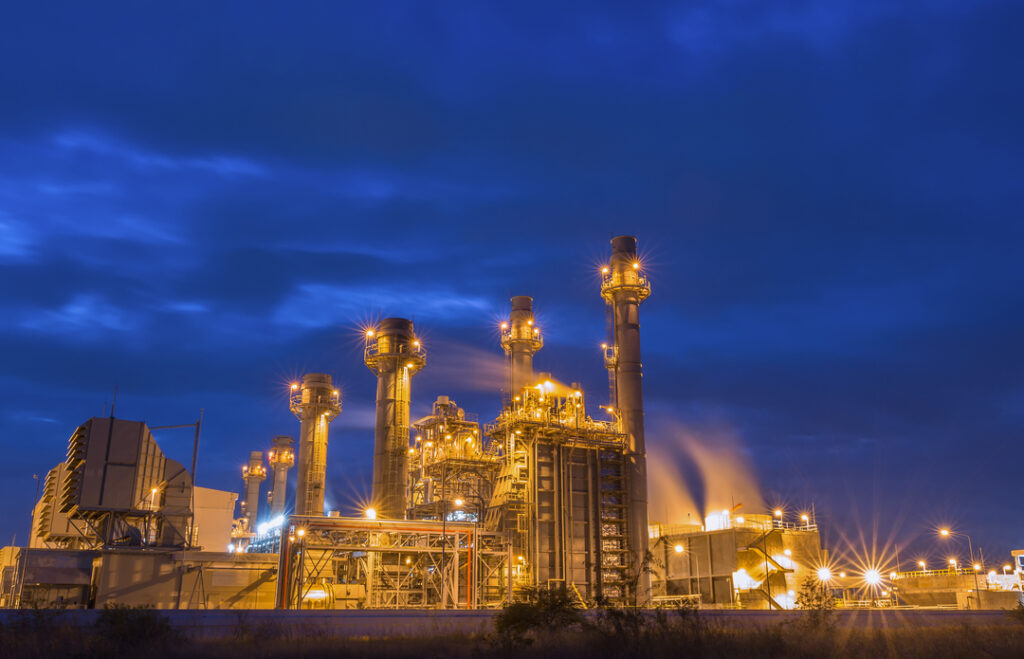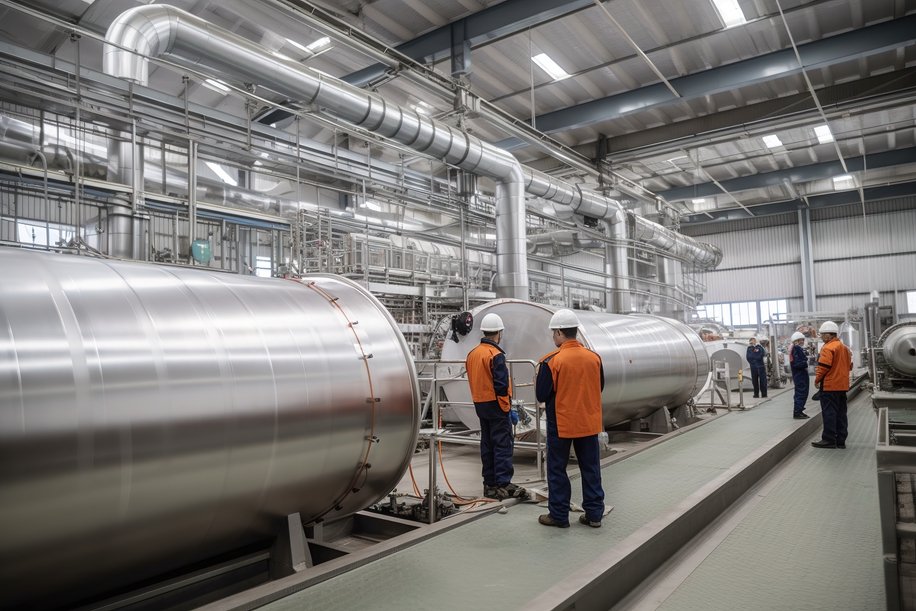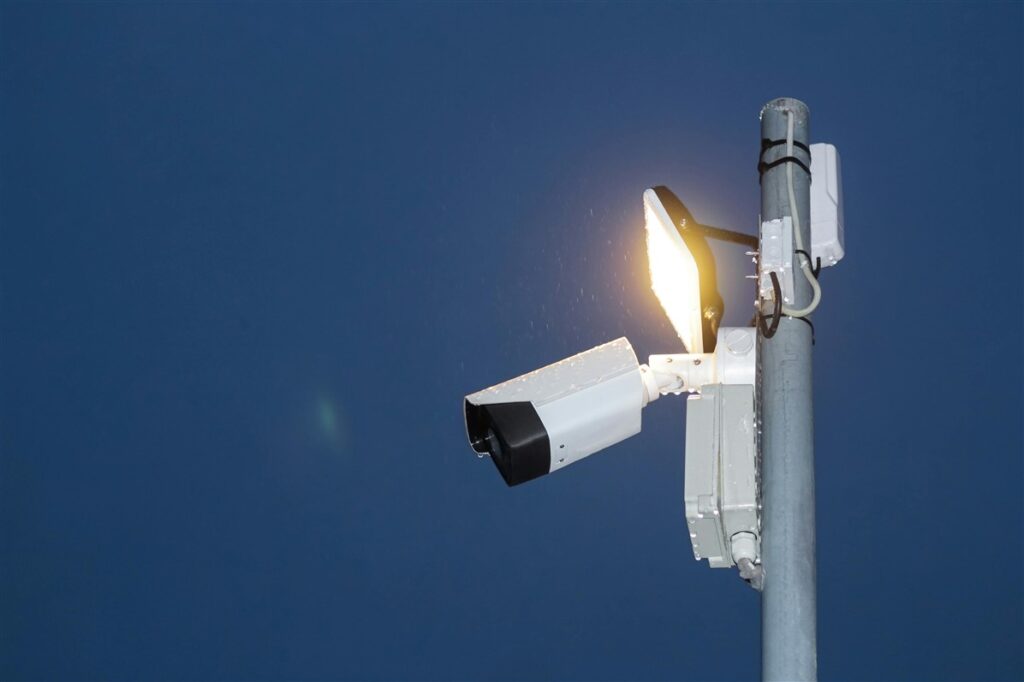Why visibility of the production process is so important
Operational excellence, efficiency and quality are top priorities for almost every manufacturer worldwide. These things lead to improved productivity, happier customers and reduced waste – all of which result in increased profits.
Visibility of the production process is the key to achieving these things. And manufacturers now have access to technology that can provide real-time visibility over every element of operations from the supply chain right through to delivery.
Benefits of real-time visibility and data in the production process
From real-time monitoring to data-driven decision-making, enhanced visibility not only safeguards against potential pitfalls but it’s also the cornerstone for continuous improvement and sustainable growth.
Improve quality: Adding sensors to the production line allows you to monitor the quality of products throughout the production process. This enables you to detect potential quality issues early on and take corrective action, which reduces waste and decreases the likelihood of defective products reaching customers.
Avoid costly product recalls: The impact of product recalls on brand reputation can be immensely damaging and the associated costs and fines can be huge. Real-time visibility of quality issues can help you avoid costly product recalls.
Ensure regulatory compliance: Visibility aids in ensuring compliance with industry regulations and standards. Detailed records and documentation are easily accessible, simplifying audits and inspections.
Resolve problems faster: Real-time visibility of the production processes allows you to monitor production lines, inventory levels, and other key performance indicators (KPIs) such as overall equipment effectiveness (OEE). This will allow you to identify problems faster and take corrective action immediately.
Reduce bottlenecks: Identify production bottlenecks earlier and eliminate any constantly shifting bottlenecks. This will enable you to streamline production, reduce maintenance downtime and predict lead times more accurately.
Enhance accountability: Visibility in the production process promotes accountability among team members and departments. Knowing their work is observable encourages individuals to meet deadlines and adhere to quality standards.
Optimise resource allocation: Access to real-time data enables better resource planning and allocation. You can make more informed decisions on staffing, equipment usage, and materials, leading to cost savings and improved efficiency.
Improve customer confidence: Transparent production processes instil confidence in customers regarding product quality and delivery timelines. Open communication about the production journey can enhance your reputation for reliability.
Supply chain resilience: Understanding the entire production journey aids in anticipating and managing disruptions throughout the supply chain. Timely communication about production progress helps suppliers align their deliveries with production schedules.

Optimise inventory levels: Track inventory levels and usage patterns more effectively, ensuring you have enough materials and supplies without overstocking. By reducing excess inventory, you can free up space and capital, improving the bottom line.
Mitigate risk: Visibility helps identify and mitigate potential risks before they escalate. Proactive risk management based on real-time data contributes to a more resilient and adaptive production process.
Adapt to change faster: Transparent production processes make it easier for teams to adapt to changes in demand, technology, or market conditions. The ability to quickly adjust production strategies is crucial for staying competitive.
Make more informed decisions: Visibility provides the data necessary for informed decision-making. You can rely on accurate, up-to-date information to make strategic decisions that positively impact the production process.
Decrease maintenance costs: Unscheduled maintenance results in lost production, higher part costs, and lost time for fixing problems, costing significantly more than planned maintenance. By analysing real-time data from sensors and other sources, you can identify patterns and anomalies that indicate potential problems. This allows you to react quickly and avoid unplanned downtime by scheduling maintenance to coincide with planned production downtime.
Improve sustainability and reduce energy consumption: Track resource usage and environmental impact to ensure production aligns with any eco-friendly initiatives. You can also measure and monitor energy usage in real-time to identify where energy is being wasted.
Support continuous improvement: Regular analysis of production data can provide insights into process inefficiencies and areas for improvement or refinement. You’ll also be able to assess whether any changes and innovations you implement are effective and whether the associated financial investment will pay off in the time you set.
How control and automation can give you greater visibility of your production process
Machine automation is not a new concept. Any repeatable multi-step process can be automated, meaning entire production lines can run with minimal human interaction.
Control is about the system that sits behind the automation – the interface that allows you to manage and modify the automated processes.
And it’s this system that can give you access to accurate and comprehensive data. You no longer need to rely on employees to manually detect errors or faults, monitor equipment, record outputs, or compile reports. Your machine software can do all this for you in real-time. And because everything is computerised, you reduce the risk of human error and missing data.
However, the benefits of control and automation systems extend beyond data collection.

Continuous production: Machines can operate around the clock when timescales are tight, eliminating the need to take on additional workers during peak times.
Increased safety: Automation removes the need for humans to operate machinery at critical points, which means less chance of accident or injury.
Improved quality: Automating your production line reduces the risk of human error, leading to greater quality outcomes.
Optimum flexibility: Automated technology can be reprogrammed quickly – often without any production downtime – providing a more flexible and agile approach to production.
Reduce cost and downtime: Automation allows you to operate with a smaller workforce, reducing wage bills, recruitment costs and overtime payments. Your production lines will also run more efficiently, reducing waste and downtime.
Faster production times: Machines can work much faster and more accurately than humans, making the production line quicker and more efficient.
Higher volume production: Because of the speed and efficiency of automated machinery, production volume is substantially increased.
Fewer errors: Unlike people, machines aren’t susceptible to tiredness, forgetfulness or misjudgement, which means fewer errors on the production line.
Less waste: Machines can operate with a higher level of accuracy, making them ideal for tasks that require absolute precision.
Getting started with control and automation
The good news is that implementing control and automation doesn’t have to involve a huge overhaul of your operations.
At AES, we offer free site surveys to assess your production process to help you fully understand which areas will benefit most from control and automation enhancements.
After completing our assessment, we provide a free quote and a top-level overview of those processes where an updated control and automation intervention can provide your business with the greatest financial impact.
The next step is the detailed design and programming process, where we start programming the logic to control the production process, configuring existing software, and manufacturing the control panels.
We favour technology with simple, user-friendly dashboard-style interfaces and clear graphical representations of the production process so your team can get to grips with the new system quickly and easily.
The final stage is the build, installation and testing. But don’t worry – we won’t leave you there. We’ll provide full training on how to use the interface and create a bespoke user manual.
About AES
AES offers all the electrical contracting services you would expect, coupled with specialist services specifically for manufacturing businesses.
Our industry accreditations include NICEIC, CHAS, SafeContractor, CompEx, IPAF and PASMA.
We can scale our services to meet the needs of your business, from ongoing planned maintenance and fault repair to machinery installation and factory relocation.
And we provide expert advice and recommendations on energy reduction, control and automation and safety compliance.
Contact our expert team to learn more about how control and automation can improve your production process and book a free site assessment.

Our guide to building energy management systems
Building energy management systems (BEMS) are systems that allow you to monitor, control, and optimise the energy used within your building. The phrase building energy management system (BEMS) is often used interchangeably with the phrase building management system (BMS), but there are some differences. A BEMS is focused on energy-related systems such as lighting, heating, […]
Read more
How far does power travel and what impact does distance have on performance
It’s easy to take our electricity supply for granted. We flick a switch and instantly have light or power. We don’t even think about it unless there’s an issue or an outage. But when there is an issue or outage, the impact can be significant. For manufacturers, even the smallest change in power can make […]
Read more
Why visibility of the production process is so important
Operational excellence, efficiency and quality are top priorities for almost every manufacturer worldwide. These things lead to improved productivity, happier customers and reduced waste – all of which result in increased profits. Visibility of the production process is the key to achieving these things. And manufacturers now have access to technology that can provide real-time […]
Read more
Will security lighting help to protect my staff?
Looking after the safety and well-being of employees should be a priority for any business. And while it’s not possible to mitigate every risk, there are measures you can take to improve their safety and security. One measure that is often overlooked is the installation of security lighting. When daylight disappears, visibility is reduced, increasing […]
Read more
Top 5 considerations when comparing electrical quotes
Budget is always a factor when you’re considering any type of upgrade, revamp, or maintenance work within your factory. But when it comes to electrical work, you have to consider more than just money. Don’t rush into accepting the cheapest electrical quotes without knowing exactly what you’re getting. Electrical work is not an area where […]
Read more
What is the role of companies in reducing our carbon footprint?
We should all be taking responsibility for protecting our planet and a big part of that is reducing our carbon footprint. But while it falls to all of us to do our bit, there is additional pressure on manufacturers, especially those with high carbon emissions. As an absolute minimum, these companies should ensure compliance with […]
Read more

